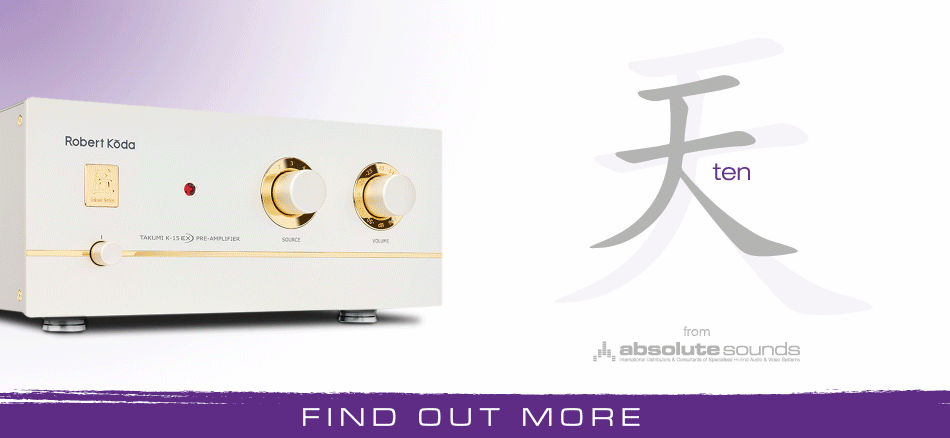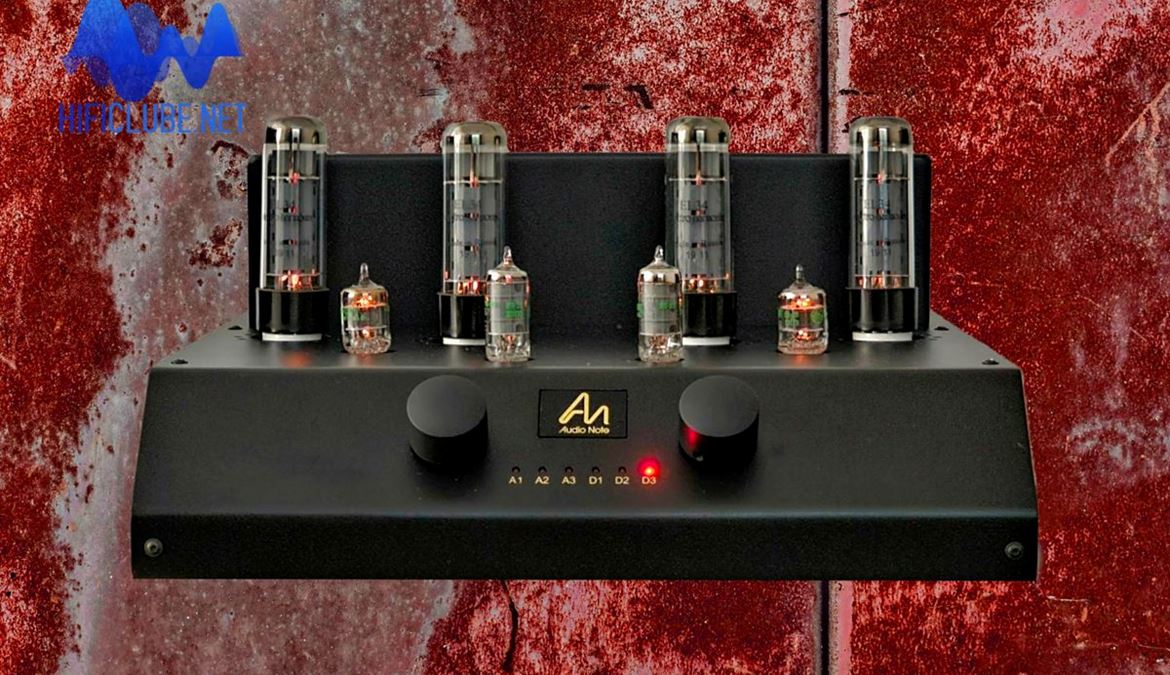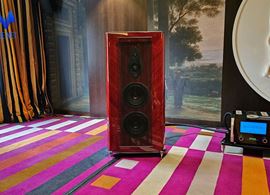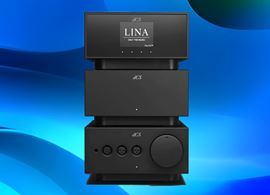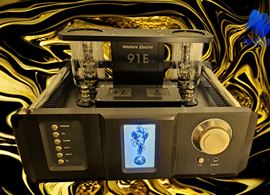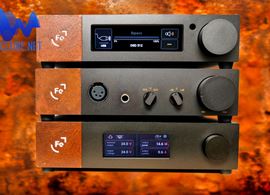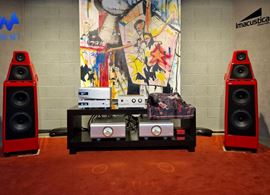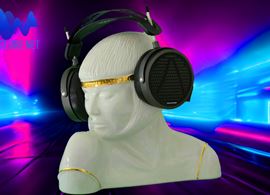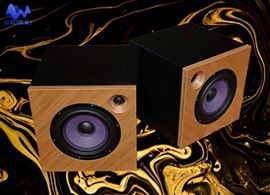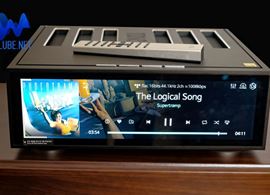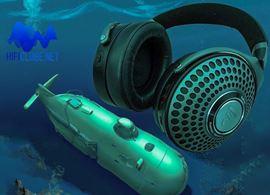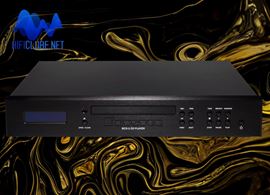Audio Note is an iconic brand known for its meticulously crafted valve amplifiers designed for the most demanding audiophiles. Founded in 1987 by Peter Qvortrup and based in the United Kingdom, Audio Note has become synonymous with sound quality and refined artisan aesthetics, and it now has an almost religious cult following of audiophiles and enthusiasts.
Audio Note has cemented its reputation in the field of sound reproduction, carving a niche market where the emotional connection between the listener and the music is of paramount importance. Audio Note amplifiers are thus designed with a special emphasis on preserving the richness, texture, and nuances of the original recording for a comprehensive and realistic listening experience.
Audio Note offers a wide range of valve amplifiers, from entry-level models to their flagship products, such as the famous Ongaku series. All amplifiers are designed using an innovative combination of vacuum valves and transformer technologies engineered to provide the purest sound reproduction possible.
Audio Note has a unique and well-structured system to categorize its products based on their quality and performance. This system spans eight levels, with Level 0 and 1 (copper wiring) being the entry-level and Level 7 representing the pinnacle of Audio Note's craftsmanship and performance (Ongaku, with Pure Silver wiring).
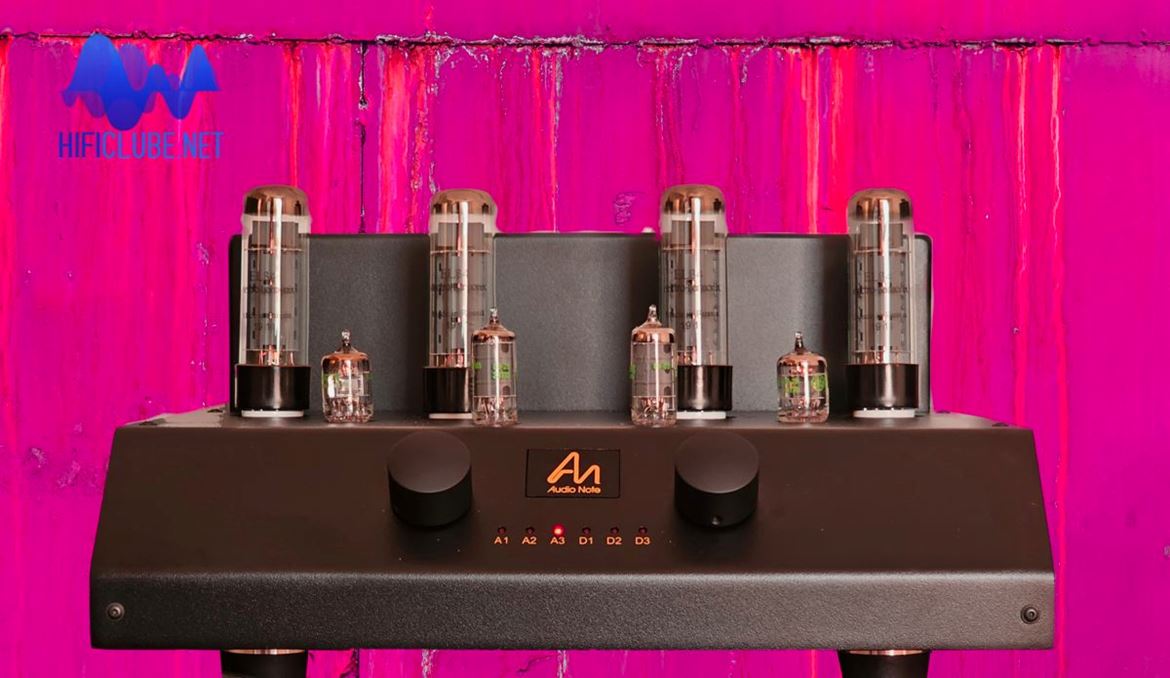
Audio Note Cobra – Level 2
The Cobra is an integrated push-pull valve amplifier that sits at the top of Level 2 (Silver wiring) in the Audio Note hierarchy. It offers a high-quality sound experience with silver wiring used in critical signal paths, improved components, and construction techniques compared to Level 0 and 1 (copper wiring) products. The Cobra amplifier serves as a more refined option for audiophiles looking to step up from the entry-level offerings while still maintaining a balance between performance and cost.
And I find it extraordinary that, despite utilizing a push-pull topology, the Cobra still manages to maintain the characteristic 'Audio Note single-ended sound.' The implication is that the transformers used in the Cobra amplifier play a crucial role in achieving the AN bespoke sound quality.
Addictive venom
In this review, we'll explore the Audio Note Cobra, a push-pull valve amplifier using EL34 pentodes, known for rich sound and remarkable performance at an affordable price. Listen to music with the Cobra, and you'll feel its potent musical 'venom' running through your veins. I did.
The Audio Note Cobra has 3-line level RCA inputs and, surprise! 3 digital inputs (Coaxial/176kHz, Toslink/96kHz and USB/48kHz). It also has a ground terminal, but don't think it has a Phono input, it's just for 'hum' control of some electrically misbehaving source. Neither is it compatible with Bluetooth. But being able to connect digital sources to a classical valve amplifier is quite remarkable these days.
16 bits done right
The converter chip is the 'old' Philips TDA1543 16-bit D/A. While its digital specifications may not currently impress, what matters is the listening experience. With its 27 watts per channel of Class A 'pentode push-pull' power, the Cobra uses a mix of newly produced US made Electro-Harmonix EL34s valves for the power floor; and NOS russian military-grade 6AU6s and 5670s, which deliver remarkable audio performance at an affordable price, for the input and drive stages. Bias current is automatically regulated.
The C-core output transformers are manufactured exclusively by Audio Note and, as I said, are the main secret of the AN recipe. In the power supply, the current rectification is done by a solid-state circuit, though.
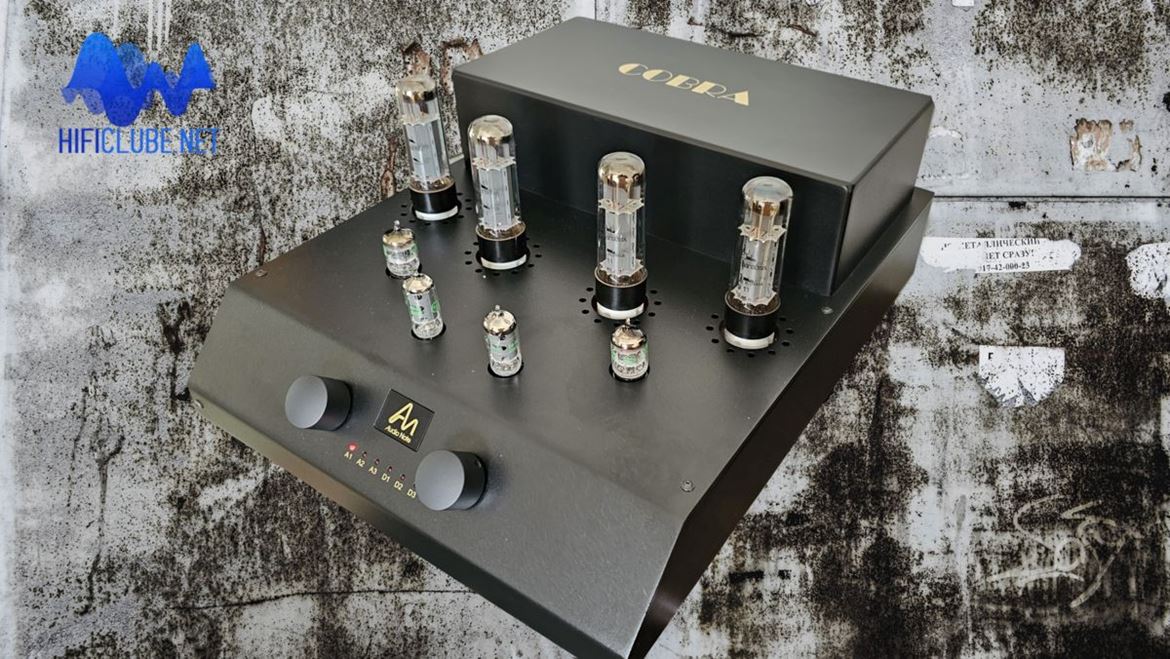
The black metal case has a sloping front panel for easy accessibility to the two medium-sized rotary buttons that gives the Cobra a stylish vintage touch. The Cobra comes without a protective grille, so Exercise caution to protect curious children's fingers from harm - the EL34s get quite hot. A remote control is also provided for convenience of use.
Roon compatible (not Roon ready)
I used two digital sources for this review: my Oppo Player for CD/SACD, with its own DAC and connected with Transparent Audio interconnects (analogue input A3); and a digital coaxial connection (also Transparent) to compare the sound of the Cobra’s own internal DAC, which to my surprise I preferred most of the time: it sounded a bit rounder, but also fuller and with better texture. The Cobra drove a pair of DeVore micr/Os for the duration of this review.
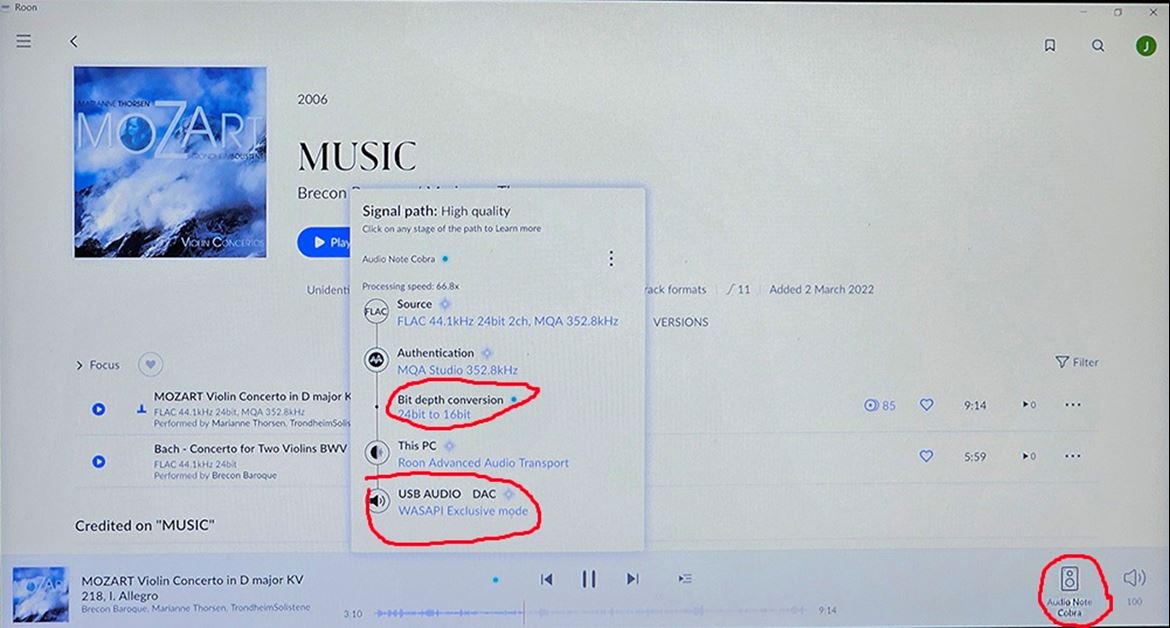
I also tried the USB-B input, either feeding the Cobra with audio files directly from my computer or running Roon. Please note: the Cobra is not Roon-certified and is identified only as a generalist USB AUDIO DAC. However, it plays everything from Roon, including MQA files at 352.8kHz, downsampled to 16-bit/48kHz (WASAPI only). I loved the warm sweetness of the digital sound, avoiding the excessive brightness that is often misinterpreted as added detail. When I tested the Audio Note CD 4.1 x player, I had that same warming feeling of incredibly natural sound. Or, as Peter Qvortrup himself says:
'Not everything you hear, you can measure; not everything you can measure, you hear...'. The fewer bits, the better the sound: 16 bits are perfectly enough 'if done right'!...
And again:
'Our DACs measure like a bag of nails, but the sonic improvements are really quite considerable'
Recently, I tested the Western Electric 91E SE amplifier, which costs €21,000. Not everyone can afford a valve amplifier at this price level. But you don't have to deprive yourself of the wonderful acoustic and emotional experience of listening to music reproduced by vacuum technology, considering the Cobra costs ‘only’ 5,490 euros. I mean, relative to the Ongaku integrated that costs the best of 80,000 euros!
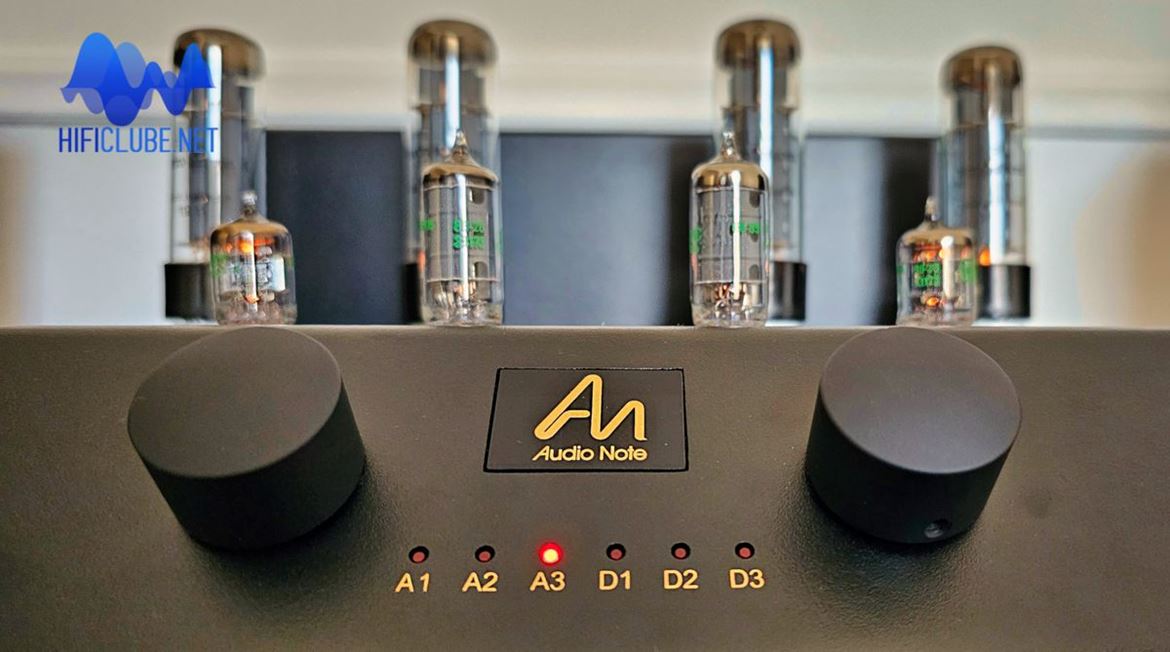
Valves: pros and cons
You all know by now the pros and cons of using valves: the sound is warmer, more natural, richer and more organic, due to the typical 2nd harmonic distortion pattern. On the other hand, it has low efficiency as a result of energy loss (heat dissipation), limited power and higher output impedance, hence a low damping factor, meaning less control over the bass and more difficulty driving low impedance and low sensitivity speakers. And I'm not talking about energy costs as you have to switch it on long before you even start listening for best performance.
A form of art
Trust me, all concerns will disappear as soon as you start listening to music with the Cobra: pianos, voices, guitars, brass, strings, woodwinds, keys or drums, everything sounds incredibly natural and lifelike. It's hard to believe that lab measurements reveal unwanted distortions in what we hear. So much so, that I wrote the following thoughts about tube amplifiers years ago:
"I infinitely prefer the trembling touch of the tube artist, guided by ardent passion, to the precise but cold touch of the transistor. I prefer the chaotic play of lines and the ambiguity of shadows to the mathematical precision of angles and perspectives. Art need not be a flawless imitation of nature. Exact reproduction is subject to reality (and science), whereas art is not"
The ultimate goal of high fidelity should be the truth and nothing but the truth, I agree. But the record is in itself an artistic representation of reality, not the truth.
So, let's listen to a bit of Art with the Cobra.
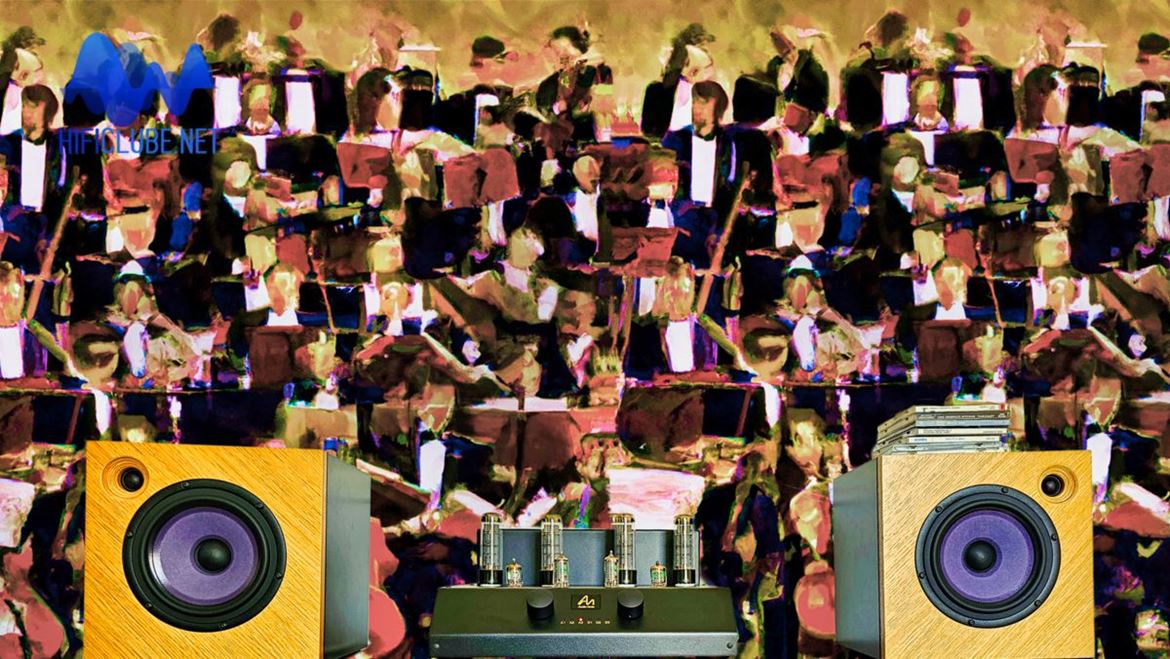
Audition notes
“Belafonte: Live At Carnegie Hall” was recorded in 1959 when valves still dominated the home and professional audio world. Belafonte recently passed away, but this milestone remains one of the finest live recordings ever made - one that only a valve amp like the Cobra can bring back to life.
"Belafonte: At Carnegie Hall"
The double album highlights Harry Belafonte's extraordinary talents as a singer and storyteller. The amplifier conveys every vocal subtlety, inflexion and linguistic nuance, allowing the listener to appreciate the excellence of his artistry. The Cobra's ability to reproduce the live ambience and acoustics of Carnegie Hall is simply breathtaking, as we travel through time and space to the venue in New York.
"Salamander Pie"
A display of Jay Leonhart's extraordinary skills as a bassist and his insightful, humorous and critical, sometimes raw and sarcastic, vocal narratives about everyday life. The album also showcases pianist Mike Renzi, whose talent adds musical wit to the narrative.
The Cobra amplifier reproduces the double bass with remarkable clarity and precision. Leonhart's bass lines boast a strong, focused and natural low-frequency response, demonstrating the amplifier's ability to handle the almost human nuances and complexities of this vital instrument, making one forget the physical constraints of the small Devore micr/O. The rich and warm sound of the double bass complements Leonhart's voice well, resulting in a harmonious and balanced presentation.
"The Hunter"
It features Jennifer Warnes' captivating voice and her interpretations of songs by various songwriters, spanning genres such as pop, rock and country.
The album is notable for its excellent production quality, making it an ideal choice for evaluating audio equipment. Warnes' voice comes through with remarkable clarity, warmth, and presence.
Tracks like 'Way Down Deep' and 'I Can't Hide' demonstrate the Cobra's amazing ability to reproduce solid, deep bass lines, again within the extension limits of the DeVore speakers. The Cobra delivers a controlled and nuanced bass response that anchors the music and adds depth to the overall listening experience.
Fleetwood Mac - 'Rumours'
With its vocal and instrumental diversity, 'Rumours' provides a comprehensive assessment of the Cobra's capabilities, which shine when reproducing the lush vocal harmonies of tracks like 'Go Your Own Way' or the emotional impact of the iconic 'Never Going Back Again', as guitars and voices are reproduced with impressive realism and palpability. The truth is in the air: there’s no going back again, once you’ve heard the Cobra, really.
Product: Audio Note Cobra integrated tube amplifier
Price: €5,490
Distributor (in Portugal): EXAUDIO

